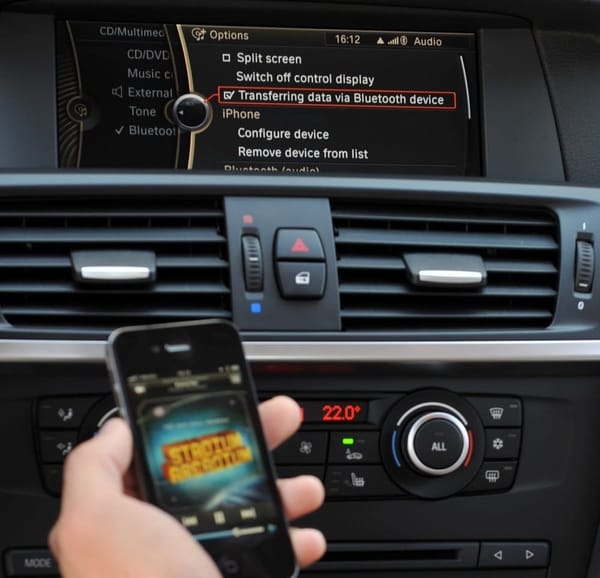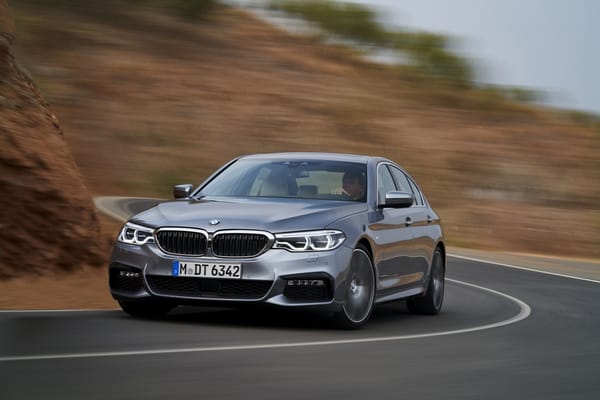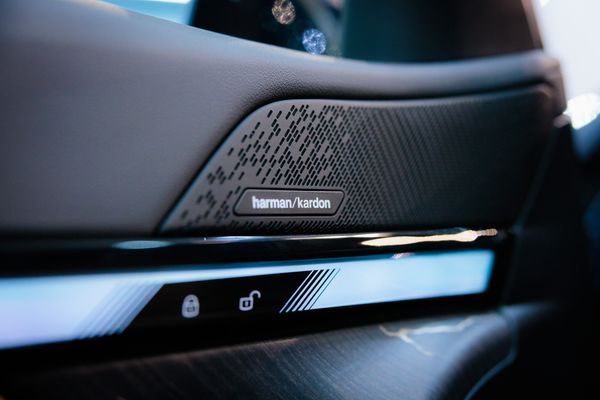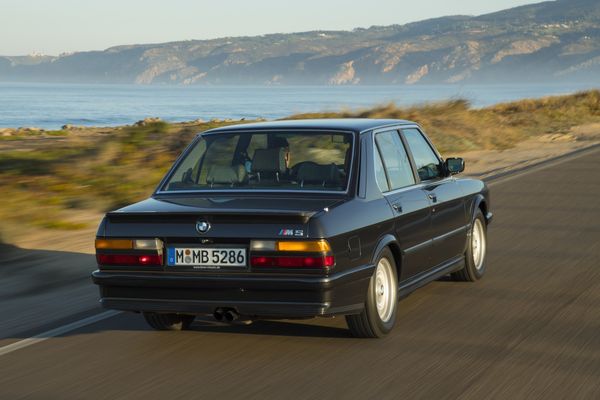BMW xDrive Uncovered: The Tech Behind the Traction
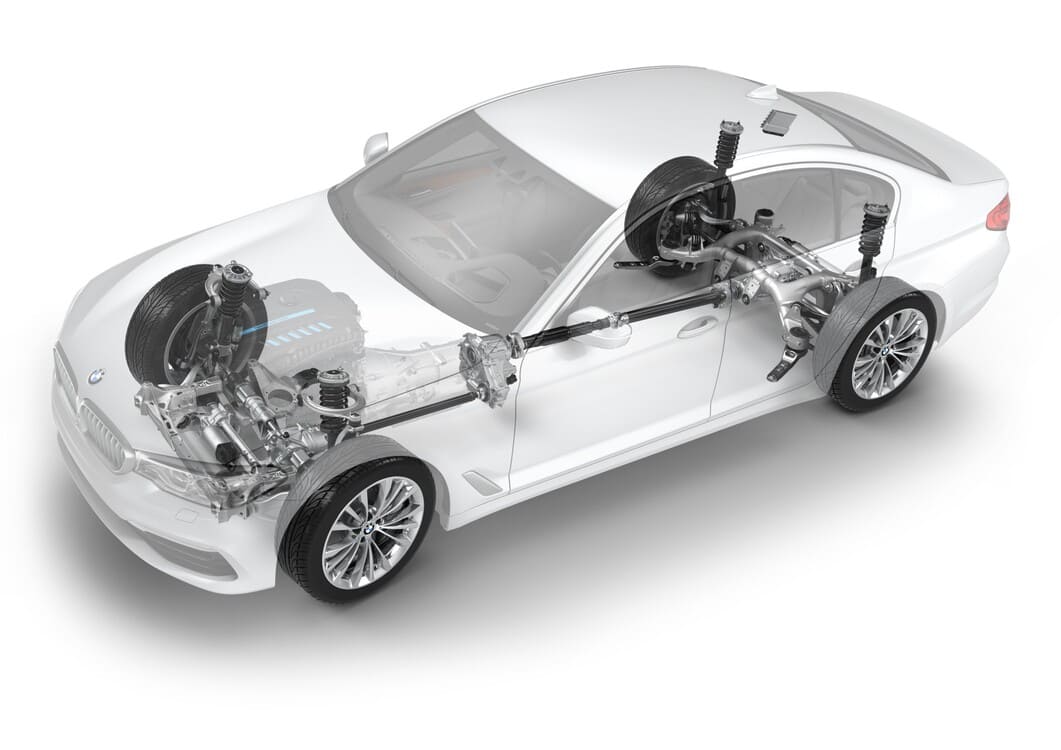
So, you've heard of BMW's xDrive, perhaps even experienced its magic on a slippery road or two. But have you ever wondered about the tech wizardry that goes on beneath the surface? Buckle up, because we're about to take a deep dive into the intricate world of xDrive.
The Genesis of xDrive
Before we get into the nuts and bolts, a quick history lesson. xDrive made its grand debut in 2003 with the BMW X3 (E83) and quickly became the go-to for many high-end models, from the robust X7 to the sporty M5. But what makes this system tick?
Heart of the System: Electronically Controlled Multi-Disc Clutch
At the core of xDrive lies its electronically controlled multi-disc clutch, nestled within the transfer case. Think of this clutch as the maestro, directing the orchestra of power between the front and rear axles. It can adjust the flow of power in mere milliseconds, ensuring optimal torque distribution based on the driving conditions.
In everyday scenarios, xDrive usually sticks to a 40:60 power distribution between the front and rear axles, preserving that classic BMW rear-wheel-drive feel. But when the going gets tough, this system can flex its muscles, directing nearly 100% of the power to either axle if needed. Talk about adaptability!
Curve Dynamics and xDrive
Taking a corner with gusto? xDrive has your back. When you dive into a bend, the system instantly assesses the situation and redistributes power to minimize any understeer or oversteer. So, while you're savoring that g-force, xDrive is working overtime to ensure you stay on track.
Traction Play
The brilliance of xDrive isn't just about power distribution between the axles. When one wheel starts slipping, the DSC (Dynamic Stability Control) steps in, using targeted brake interventions. This simulates the effect of a differential lock, ensuring that power is sent to the wheels with the most traction. It's like having a guardian angel looking out for you, ensuring you stay grounded, quite literally.
The Two Flavors of xDrive
Now, here's where things get interesting. BMW doesn't just have one version of xDrive – they have two.
- In models like the 3, 5, and X5, where the engine is upfront and lengthwise, xDrive is primarily electronic. Under regular conditions, power goes to the rear wheels. But when the system senses a loss of traction, it swiftly brings the front wheels into action.
- For the smaller series, think the 1 Series 2020 or X1, where the engine is transversely positioned upfront, the approach is different. Here, BMW incorporates a hydraulic Haldex clutch, similar to systems in cars like the Volkswagen Golf. This setup ensures that when the front wheels struggle, power is sent to the rear, ensuring a balanced drive.
FWD-based xDrive: A Different Beast
As the automotive landscape evolves, so does BMW's approach to all-wheel drive. Enter the FWD-based xDrive, a system predominantly found in BMW's smaller series vehicles, like the 2020 1 Series and the 2 Series Active Tourer.
The Basics
In these models, the engine is positioned transversely upfront, a deviation from the classic BMW layout. This configuration inherently leans towards a front-wheel-drive bias. Now, while the traditional xDrive system we discussed predominantly sends power to the rear wheels, the FWD-based xDrive starts with a front-wheel-drive bias.
However, it's not all front-wheel action. When required, especially during a loss of traction upfront, a hydraulic Haldex clutch system jumps into action, directing power to the rear wheels. This mechanism ensures a balanced drive, adapting to varying road conditions.
Why "Real" xDrive Holds an Edge
Now, while the FWD-based xDrive system is an engineering marvel in its own right, there are reasons why many enthusiasts still vouch for the traditional, or "real," xDrive system:
- Driving Dynamics: BMW is renowned for its rear-wheel-drive dynamics. The traditional xDrive system, with its rear-wheel bias, preserves this characteristic BMW feel, offering a more dynamic and engaging drive.
- Weight Distribution: BMW's classic 50:50 weight distribution, often touted in models with the traditional xDrive setup, offers impeccable balance and handling, especially during spirited drives.
- Power Play: With the ability to send nearly 100% of power to the rear wheels, the traditional xDrive system offers more flexibility and adaptability, especially during challenging driving scenarios.
- Purity of Experience: For purists, there's an intangible element of driving pleasure associated with rear-wheel-drive dynamics. The traditional xDrive system, with its ability to mimic this feel while offering the benefits of all-wheel drive, is often seen as the best of both worlds.
RWD-based xDrive: The True Bavarian All-Wheel Dance
BMW, a brand synonymous with rear-wheel-drive dynamics, gave the automotive world the RWD-based xDrive. It's a system that seamlessly marries BMW's storied RWD legacy with the all-weather capabilities of all-wheel drive. But what makes it so special?
Understanding the DNA
The RWD-based xDrive begins its journey with a fundamental rear-wheel bias. Under most driving conditions, power is predominantly sent to the rear wheels, preserving that iconic BMW driving feel. However, this isn’t a one-trick pony. As road conditions change or as traction varies, the xDrive system can adapt in real-time, sending power to the front wheels as needed.
Why RWD-based xDrive Stands Out
Signature BMW Dynamics: BMW has built its reputation around RWD dynamics, offering precision, balance, and a unique connection between the driver and the road. The RWD-based xDrive system retains this signature feel while providing the advantages of all-wheel drive.
Adaptability: Whether you're cornering hard on a racetrack or navigating a snow-covered mountain pass, the system continuously adapts, ensuring you have traction where you need it, when you need it.
Balance and Weight Distribution: With the inherent balance of the RWD platform and BMW's famed 50:50 weight distribution, the RWD-based xDrive provides unparalleled stability and handling prowess.
Pure Driving Pleasure: For many enthusiasts, there's an unmatched joy in RWD dynamics. The RWD-based xDrive offers this raw, unadulterated driving experience while ensuring you remain firmly planted, regardless of the terrain or weather.
In Conclusion
BMW's xDrive system is a marvel of modern engineering, seamlessly combining performance, safety, and adaptability. It showcases BMW's commitment to pushing the boundaries of what's possible, ensuring that drivers get an unparalleled experience, whether on a snowy mountain pass or a rain-soaked city street. So, the next time you're behind the wheel of an xDrive-equipped BMW, take a moment to appreciate the tech masterpiece working tirelessly beneath you.


